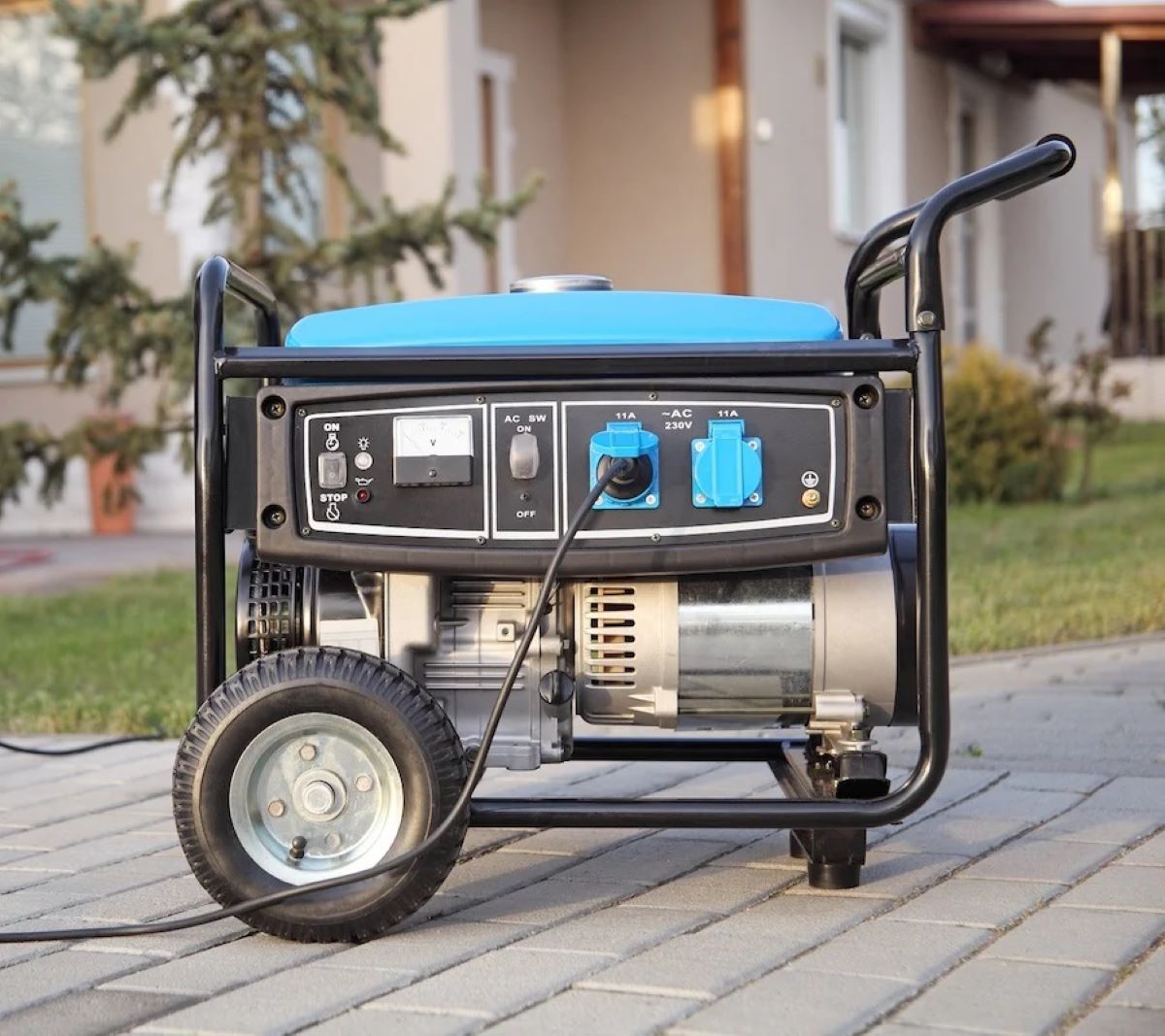

Articles
How To Store A Generator When Not In Use
Modified: February 23, 2024
Learn the best practices for storing a generator when it's not in use. Read our informative articles for tips on keeping your generator safe and ready for future use.
(Many of the links in this article redirect to a specific reviewed product. Your purchase of these products through affiliate links helps to generate commission for Storables.com, at no extra cost. Learn more)
Introduction
A generator is an essential piece of equipment that provides power during emergencies or in areas where there is no access to electricity. Whether you use a generator regularly or only occasionally, proper storage when not in use is crucial for maintaining its performance and longevity.
Storing a generator correctly involves several important steps, such as choosing the right location, cleaning and preparing the generator, draining the fuel system, changing the oil and filters, disconnecting the battery, performing maintenance and inspections, and covering and protecting the generator. By following these guidelines, you can ensure that your generator will be in optimal condition and ready to use when you need it.
In this article, we will explore each of these steps in detail, providing you with a comprehensive guide on how to store a generator properly. Whether you are storing your generator for a short period or planning for long-term storage, these tips will help you safeguard your investment and prolong the life of your generator.
Key Takeaways:
- Proper storage of a generator is crucial for maintaining performance and longevity. Follow steps such as choosing the right location, cleaning and preparing the generator, and performing regular maintenance to ensure it’s ready when needed.
- When storing a generator for long-term use, thorough cleaning, draining the fuel system, changing oil and filters, and periodic inspections are essential. Following manufacturer guidelines and covering the generator will help maintain its optimal condition.
Read more: How To Store A Generator After Use
Importance of Proper Generator Storage
Properly storing your generator when it is not in use is vital for its overall performance and longevity. Neglecting to store your generator correctly can lead to various issues, including damage to internal components, fuel system problems, battery deterioration, and decreased overall reliability. Here are a few reasons why proper generator storage is essential:
- Protects against environmental elements: Storing your generator in a dry and covered location helps protect it from outdoor elements such as rain, snow, and extreme temperatures. Exposure to these conditions can cause rust, corrosion, and damage to sensitive electrical components.
- Prevents fuel degradation: When a generator sits idle for an extended period, the fuel inside the tank can degrade. This can lead to carburetor clogs, engine inefficiency, and difficulty starting the generator when you need it most. Properly storing your generator includes taking measures to prevent fuel degradation, ensuring that it will be ready to run smoothly when the time comes.
- Reduces the risk of damage: Storing your generator in a safe and secure location minimizes the risk of accidental damage. This includes preventing physical damage from falling debris, rodent infestation, or any other potential hazards that can affect the generator’s performance.
- Ensures optimal performance: By storing your generator properly, you maintain its internal components in good working condition. This includes regular maintenance tasks such as changing the oil and filters, draining the fuel system, and inspecting for any potential issues. A well-maintained generator is more likely to start easily and provide consistent and reliable power during emergencies.
- Extends the lifespan of the generator: A generator that is stored correctly and well-maintained can last for many years. Regular storage practices, along with ongoing maintenance and inspections, help to extend the lifespan of your generator, saving you money in the long run by avoiding costly repairs or the need for a premature replacement.
Now that you understand the importance of proper generator storage, let’s move on to the next section: choosing the right location for storing your generator.
Choosing the Right Location
When it comes to storing your generator, selecting the right location is crucial. Here are some key factors to consider:
- Dry and well-ventilated area: Look for a storage space that is dry and well-ventilated. Moisture can lead to rust and corrosion, while poor ventilation can contribute to the buildup of fumes from fuel or exhaust. Avoid storing your generator in a damp basement or a place prone to leaks.
- Away from flammable materials: Keep your generator away from flammable materials such as gasoline, propane cylinders, or other combustible substances. This reduces the risk of fire hazards and ensures the safety of your generator and surrounding area.
- Secure and protected: Choose a location that provides security and protection. If possible, store your generator in a locked shed or garage to prevent theft and unauthorized access. Additionally, consider using a generator storage cover to shield it from dust, debris, and potential damage caused by UV rays.
- Accessibility: Find a location that allows for easy access to your generator when you need to use or maintain it. This includes sufficient space around the generator for conducting maintenance tasks and ensuring proper ventilation during operation.
- Level ground: It is essential to place your generator on a level surface to prevent any accidental tipping or damage. Uneven surfaces can also affect the generator’s performance and make it more challenging to perform maintenance or connect to power sources.
Considering these factors will help you choose the most suitable location for storing your generator. Remember to follow any manufacturer guidelines regarding specific storage requirements for your particular generator model.
Next, we will discuss the necessary steps to clean and prepare your generator before storage. So, let’s move on to the next section.
Cleaning and Preparing the Generator
Before storing your generator, it’s crucial to clean and prepare it properly. This ensures that it remains in good condition and is ready for future use. Here are the steps to follow:
- Turn off and cool down the generator: Start by turning off the generator and allowing it to cool down completely. This is important for your safety and to prevent any potential injuries during the cleaning process.
- Remove debris and dirt: Use a clean cloth or a soft brush to remove any debris or dirt from the exterior parts of the generator. Pay close attention to the air vents, cooling fins, and any other areas where dust or debris might accumulate. Removing the buildup ensures proper airflow and prevents clogs that could affect the generator’s performance.
- Clean the fuel tank and lines: If your generator has fuel remaining in the tank, you’ll need to decide whether to remove it or use a fuel stabilizer to prevent degradation. If you choose to empty the fuel, consult the manufacturer’s instructions for the proper procedure. Alternatively, add a fuel stabilizer according to the product instructions to keep the fuel fresh during storage. Remember to run the generator for a few minutes after adding stabilizer to circulate it through the fuel system.
- Inspect and clean the spark plug: Remove the spark plug wire and inspect the spark plug. If it’s dirty or worn out, clean it or replace it if necessary. Use a spark plug cleaner or wire brush to remove any carbon deposits or rust. Reinstall the spark plug and reconnect the wire securely.
- Check and clean the air filter: The air filter prevents dust and debris from entering the engine. Remove the filter and inspect it for dirt or damage. Clean it by tapping it gently to remove loose particles or using compressed air to blow away any stubborn debris. If the filter is damaged or excessively dirty, replace it with a new one.
- Inspect the cooling system: Check the cooling system, including the cooling fins and fan, for any obstructions or debris. Remove any dirt or debris that may have accumulated, as this can impede airflow and cause the generator to overheat during operation.
By following these cleaning and preparation steps, you ensure that your generator is free of debris and in optimal condition for storage. This will help prevent any potential issues and ensure that your generator starts smoothly when you need it next.
Next, we will discuss the importance of draining the fuel system. Read on for the next section.
Draining the Fuel System
One crucial step in properly storing your generator is draining the fuel system. This is important because fuel left in the tank for an extended period can degrade and cause various issues, including clogged carburetors and difficulties starting the generator. Here’s how to drain the fuel system:
- Run the generator: Start by running the generator for a few minutes to use up any remaining fuel in the carburetor. This will help prevent blockages and make the draining process easier.
- Turn off the fuel valve: Locate the fuel valve, typically located near the carburetor. Turn it off to prevent any further fuel flow.
- Remove the fuel line: Carefully disconnect the fuel line that connects the fuel tank to the carburetor. Use a wrench or pliers to loosen the hose clamp and gently pull the fuel line away from the carburetor.
- Drain the fuel: Place a container beneath the fuel tank to catch the fuel. Tilt the generator slightly to ensure that all the fuel is drained from the tank. It may be necessary to use a hand pump or siphon to extract any residual fuel remaining in the tank.
- Dispose of the fuel safely: Properly dispose of the drained fuel in accordance with local regulations. Gasoline can be hazardous, so it’s crucial to follow the appropriate disposal methods to ensure environmental safety.
- Clean the fuel tank: After draining the fuel, clean the fuel tank with a mixture of mild detergent and water. Use a cloth or sponge to wipe away any residue or debris from the tank’s interior. Rinse thoroughly and allow the tank to dry completely before storing the generator.
Draining the fuel system helps prevent fuel deterioration and potential damage to the carburetor. This step is especially important if you plan to store your generator for an extended period. However, if you plan to use the generator regularly, consider using a fuel stabilizer to keep the fuel fresh and prevent degradation.
Next, we will discuss the importance of changing the oil and filters before storing your generator. Read on for the next section.
Read more: How To Store Generator
Changing the Oil and Filters
Regularly changing the oil and filters in your generator is essential for maintaining its performance and extending its lifespan. Before storing your generator, it’s crucial to perform an oil change and replace the filters. Here’s how to do it:
- Warm up the generator: Start by running the generator for a few minutes to warm up the oil. This will make it easier to drain.
- Turn off the generator: Once the generator is warmed up, turn it off and allow it to cool down slightly. This ensures your safety while working on the oil change.
- Locate the drain plug and oil filter: Look for the drain plug on the bottom of the engine and place an oil pan beneath it to catch the oil. Similarly, locate the oil filter – it may be in a variety of locations depending on the generator model.
- Drain the oil: Carefully remove the drain plug and let the old oil drain completely into the oil pan. Allow sufficient time for all the oil to drip out. Once drained, securely tighten the drain plug.
- Replace the oil filter: Remove the old oil filter and replace it with a new one. Make sure to lubricate the rubber gasket or seal on the new filter with a small amount of fresh oil before screwing it into place. Hand-tighten it as firmly as possible without using excessive force.
- Add fresh oil: Consult the generator’s manual to determine the appropriate type and amount of oil to add. Slowly pour the fresh oil into the fill port, checking the oil level with the dipstick as you go. Be careful not to overfill the oil reservoir.
- Dispose of used oil responsibly: Properly dispose of the used oil in accordance with local regulations. Many auto supply stores or service stations accept used oil for recycling.
Changing the oil and filters before storing your generator helps to remove any contaminants and ensure that clean oil is present when you start it up again. This minimizes the risk of engine damage and maintains optimal performance.
Next, we will discuss the importance of disconnecting the battery. Read on for the next section.
To store a generator when not in use, make sure to drain the fuel and oil to prevent corrosion and damage. Store in a dry, well-ventilated area and cover to protect from dust and debris.
Disconnecting the Battery
Disconnecting the battery is an essential step in properly storing your generator. This will help prevent battery drain and prolong the life of the battery. Here’s how to disconnect the battery:
- Turn off the generator: Start by turning off the generator and ensuring that it is not in use.
- Locate the battery: Find the battery on your generator. Depending on the model, it may be located near the engine or in a separate compartment.
- Disconnect the negative terminal: Use a wrench or pliers to loosen the nut on the negative terminal (usually marked with a “-” sign). Once loosened, carefully remove the negative cable from the battery and position it away from the battery terminal. This disconnects the battery from the generator’s electrical system.
- Inspect the battery: Take a moment to inspect the battery for any signs of damage or corrosion. If you notice any issues, address them accordingly before reconnecting the battery.
- Store the battery properly: If you plan on storing the battery separately, ensure that it is in a cool and dry location. Many batteries require periodic charging, so refer to the manufacturer’s instructions for specific storage recommendations.
- Reconnect the battery: When you are ready to use the generator again, reconnect the negative cable to the battery’s negative terminal and tighten the nut securely. This will restore the connection and allow the generator to power up properly.
By disconnecting the battery, you prevent it from draining while the generator is not in use. This helps to preserve the battery’s charge and extend its lifespan. Remember to regularly inspect and maintain the battery as recommended by the manufacturer to ensure optimal performance.
Next, we will discuss the importance of maintenance and inspection when storing your generator. Read on for the next section.
Maintenance and Inspection
Maintenance and inspection are crucial steps in properly storing your generator. By conducting regular maintenance tasks and thorough inspections, you can address any potential issues and ensure that your generator is in optimal condition when you need it. Here’s what you should do:
- Refer to the manufacturer’s guidelines: Consult the generator’s manual for specific maintenance instructions and recommended maintenance schedules. Following the manufacturer’s guidelines will help you stay on track with necessary maintenance tasks.
- Perform regular maintenance: Before storing your generator, ensure that you have completed any necessary maintenance tasks, such as oil changes, filter replacements, and spark plug inspections. This helps to prevent any issues and ensures that your generator is ready for use when needed.
- Inspect for damage or wear: Carefully inspect the generator for any signs of damage, wear, or loose connections. Look for cracked or worn cables, loose bolts, or any other components that may need repair or replacement.
- Check the electrical system: Test the generator’s electrical system by connecting a device to ensure that it is producing power correctly. This helps to identify any potential issues with the generator’s electrical output and allows you to address them before storing the generator.
- Perform regular start-ups: Even if you aren’t using your generator frequently, it’s a good idea to start it up periodically. Running the generator for a few minutes every few months helps keep it in good working order and ensures that it is ready for use. Follow the manufacturer’s recommendations for start-up procedures.
- Keep records: Maintain a log of all maintenance and inspection activities performed on your generator. This helps you keep track of when tasks were last completed and provides a record if any issues arise in the future.
Regular maintenance and inspections are essential for the proper functioning of your generator. By addressing any potential issues and keeping up with routine maintenance tasks, you can ensure that your generator is reliable and ready to provide power during emergencies or when needed.
Next, we will discuss the importance of covering and protecting your generator. Read on for the next section.
Covering and Protecting the Generator
Covering and protecting your generator is an important step in preventing damage and prolonging its lifespan. When not in use, your generator is vulnerable to environmental elements, dust, debris, and potential physical damage. Here’s what you should do to cover and protect your generator:
- Choose the right generator cover: Invest in a high-quality generator cover that is specifically designed to fit your generator model. Look for covers made from durable materials that are waterproof, UV-resistant, and provide adequate ventilation.
- Ensure the generator is clean and dry: Before covering your generator, make sure it is clean and dry. This prevents dirt, dust, and moisture from getting trapped under the cover and potentially causing damage over time. If necessary, wipe down the generator with a clean cloth or sponge.
- Position the cover properly: Place the cover over the generator, ensuring that it fits securely and covers the entire unit. Some covers have elasticized edges or adjustable straps to help achieve a snug fit. Make sure the cover adequately protects the electrical panel, outlets, and other vulnerable components.
- Secure the cover: If your generator cover has fastening options, such as straps or buckles, use them to secure the cover tightly. This helps prevent it from being blown away by strong winds or becoming loose over time.
- Keep the generator in a protected area: Position your covered generator in a secure and protected location, such as a shed, garage, or dedicated generator enclosure. This shields it from direct exposure to the elements, reduces the risk of physical damage, and helps maintain its overall condition.
- Regularly inspect the cover: Periodically check the generator cover for any signs of wear, tear, or damage. Replace the cover if necessary to ensure ongoing protection for your generator.
Covering and protecting your generator not only safeguards it from environmental elements but also helps maintain its appearance and functioning. By investing in a quality cover and properly securing it, you can keep your generator in excellent condition and ready for use whenever needed.
Next, we will discuss the proper storage of a generator for long-term use. Read on for the next section.
Read more: How To Store A Generator
Storing the Generator for Long-Term Use
If you’re planning to store your generator for an extended period, such as during the off-season or when not in use for a significant period, there are additional steps you should take to ensure its proper storage. Follow these guidelines for storing your generator for long-term use:
- Perform a thorough cleaning: Before storing your generator, thoroughly clean all accessible parts. Remove any debris, dirt, or grime from the external surfaces, including the engine, electrical components, and cooling system.
- Drain the fuel system completely: Empty the fuel tank and run the generator until it runs out of any residual fuel. This prevents fuel degradation and the formation of deposits that can clog the carburetor or fuel lines over time.
- Change the oil and filters: It’s crucial to change the oil and filters before long-term storage. This ensures that the generator’s internal components are protected, and fresh oil is in place when you eventually use it. Follow the manufacturer’s recommendations for oil type and quantity.
- Disconnect the battery: Disconnect the battery to prevent drain and corrosion. As mentioned earlier, remove the negative cable and store the battery in a cool and dry location, following the manufacturer’s guidelines for battery maintenance.
- Perform any necessary maintenance or repairs: Before storing, address any maintenance or repair tasks that are due. This includes checking and replacing spark plugs, inspecting and lubricating moving parts, and addressing any identified issues or damage.
- Store the generator in a safe and secure location: Find a secure storage area for your generator, such as a garage, shed, or enclosure. Ensure the location is dry, well-ventilated, and protected from extreme temperatures and environmental elements.
- Cover the generator: Once the generator is in its designated storage area, cover it with a high-quality, properly fitting generator cover. The cover will safeguard your generator from dust, debris, moisture, and potential damage.
- Perform periodic inspections: Even during long-term storage, it’s important to periodically inspect your generator. Check for any signs of damage, corrosion, or pests. Start the generator occasionally and let it run for a short period to help maintain its internal components.
- Follow manufacturer instructions: Always refer to the manufacturer’s guidelines for specific recommendations on long-term storage. Different generator models may have their own unique requirements that you should adhere to.
By following these steps, you can ensure that your generator remains in optimal condition during long-term storage. When you’re ready to use it again, perform proper maintenance and check for any necessary repairs or replacements before powering it up.
Now that you have learned all the necessary steps, let’s conclude the article.
Conclusion
Proper storage of your generator is essential to maintain its performance, reliability, and longevity. By following the steps outlined in this article, you can ensure that your generator is well-protected during storage and ready to provide power when needed.
Choosing the right location for storing your generator sets the foundation for its safekeeping. A dry, well-ventilated, and secure area is ideal. Cleaning and preparing the generator, including draining the fuel system and changing the oil and filters, helps prevent damage and ensures that it is in optimal condition.
Disconnecting the battery and performing regular maintenance and inspections are vital steps to keep your generator in good working order. Additionally, covering and protecting your generator from environmental elements and physical damage helps prolong its lifespan and maintain its appearance.
If you’re storing the generator for an extended period, follow the extra guidelines provided for long-term storage. These include thoroughly cleaning the generator, performing necessary maintenance or repairs, and storing it in a safe and secure location.
Remember to consult the manufacturer’s instructions for your specific generator model, as certain guidelines may vary. Keep a record of maintenance activities and periodically inspect your generator to ensure its ongoing readiness.
By implementing these practices, you can confidently store your generator, knowing that it will be in excellent condition whenever you need it. Proper storage and maintenance will extend the life of your generator, saving you from costly repairs and ensuring its reliability during emergencies or power outages.
Follow these steps and enjoy the peace of mind that comes with knowing your generator is well-cared-for and ready to provide reliable power whenever you need it most.
Frequently Asked Questions about How To Store A Generator When Not In Use
Was this page helpful?
At Storables.com, we guarantee accurate and reliable information. Our content, validated by Expert Board Contributors, is crafted following stringent Editorial Policies. We're committed to providing you with well-researched, expert-backed insights for all your informational needs.
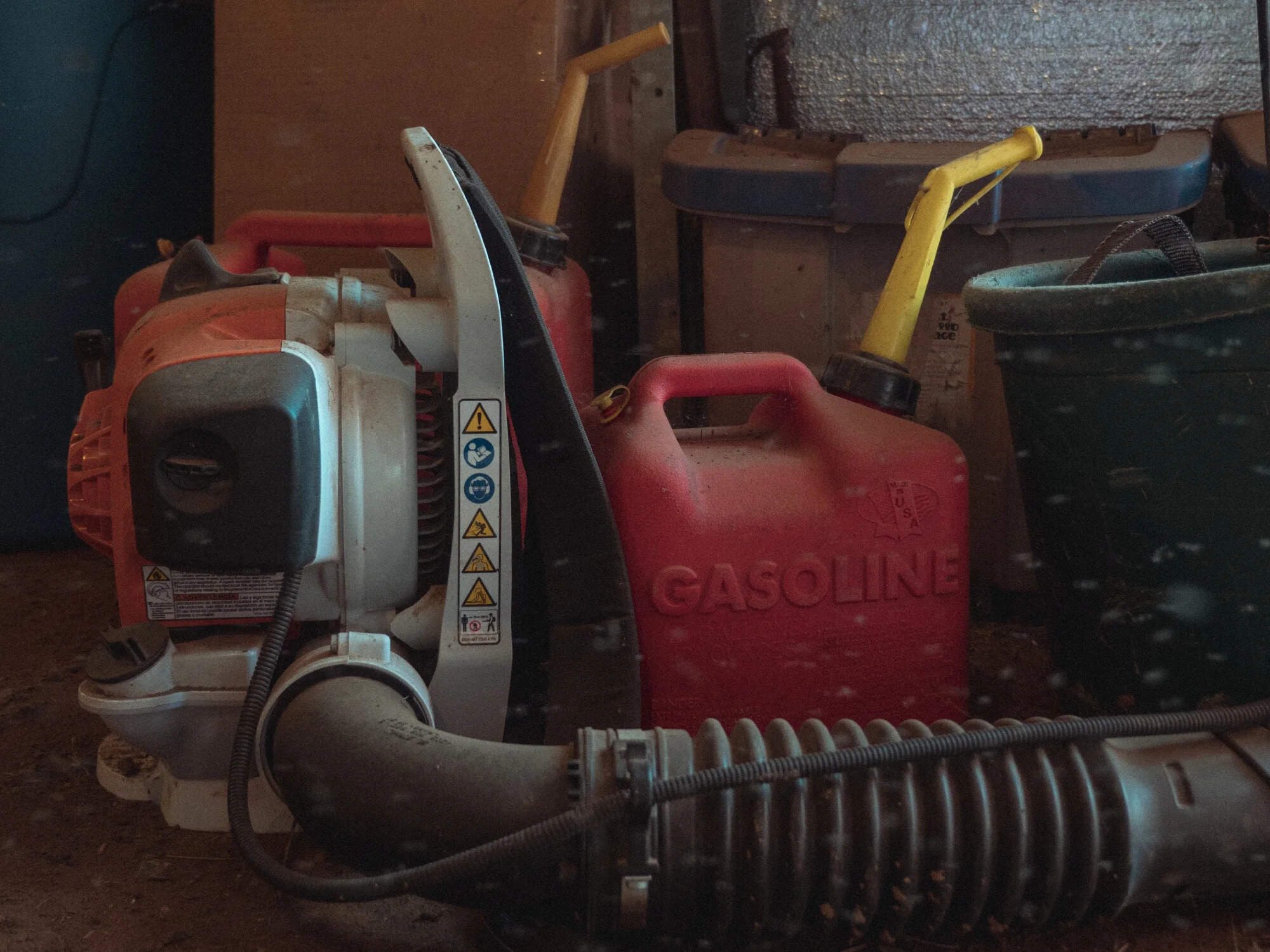
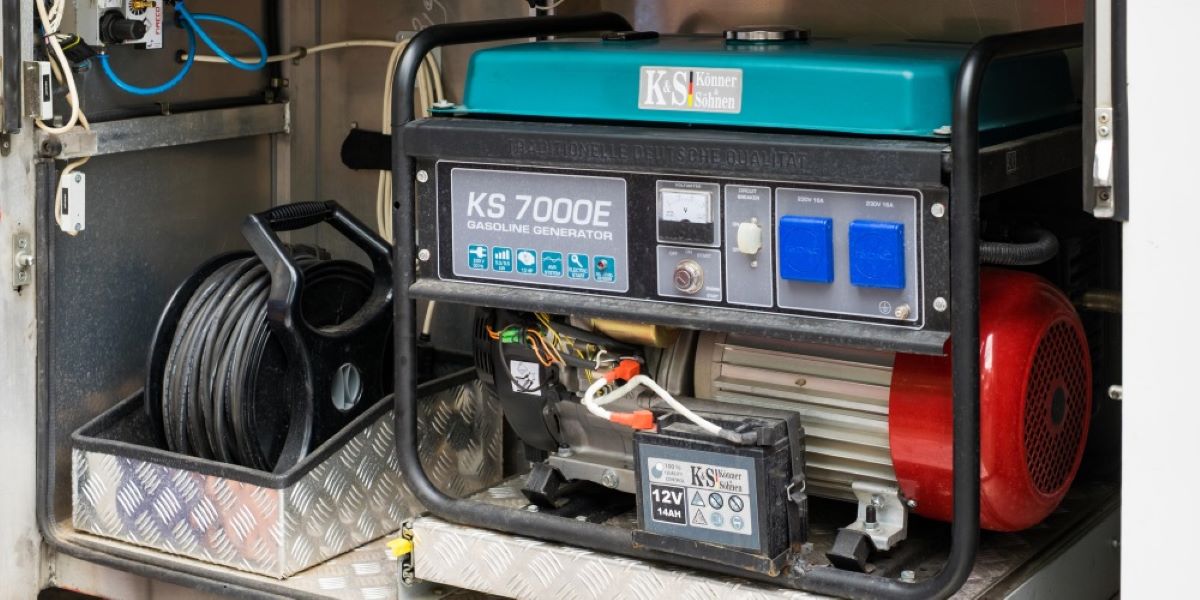
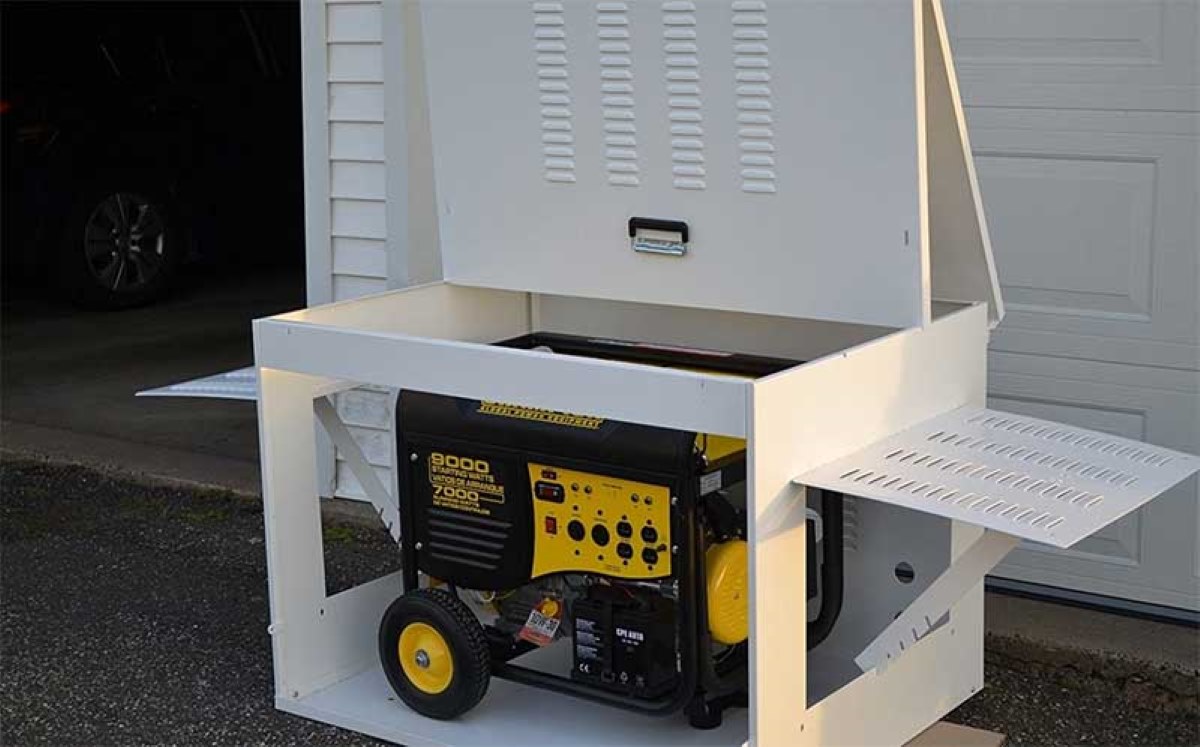
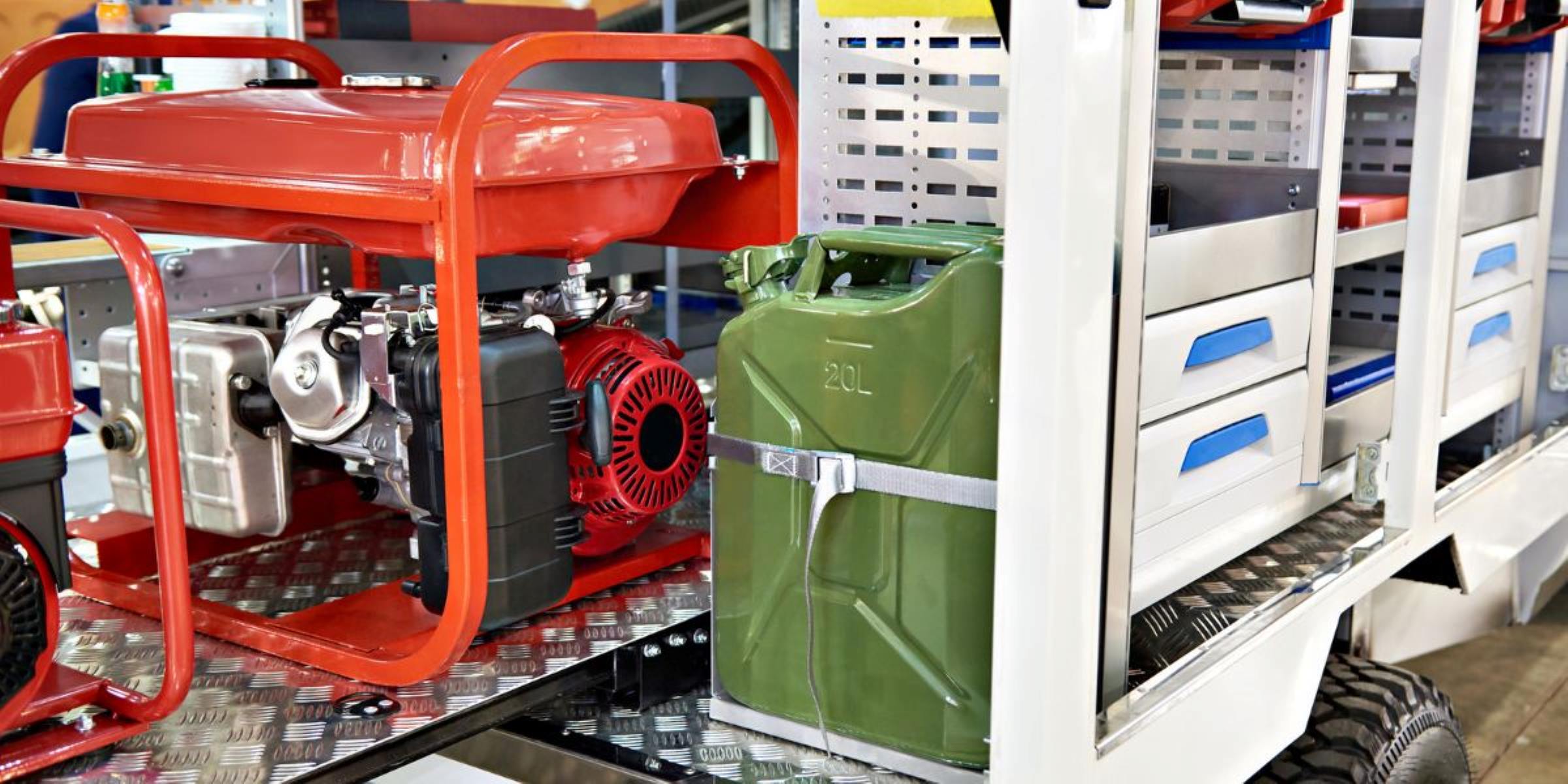

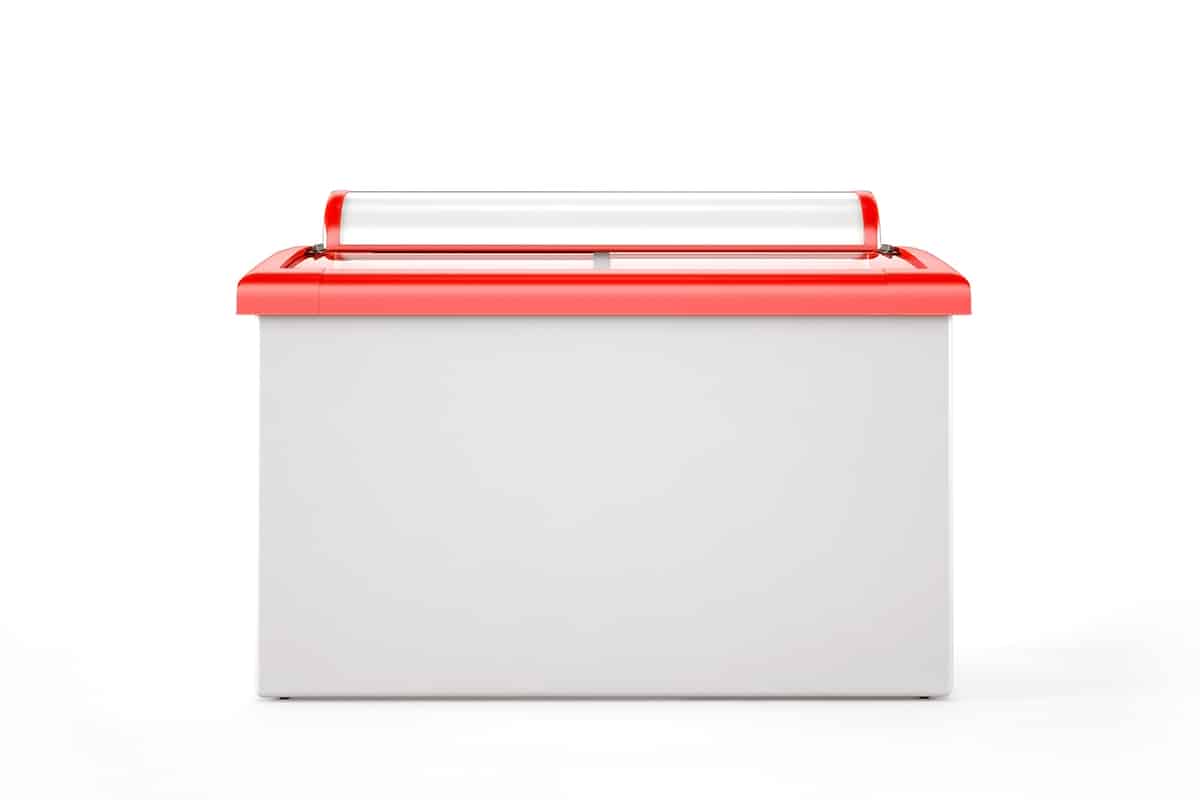

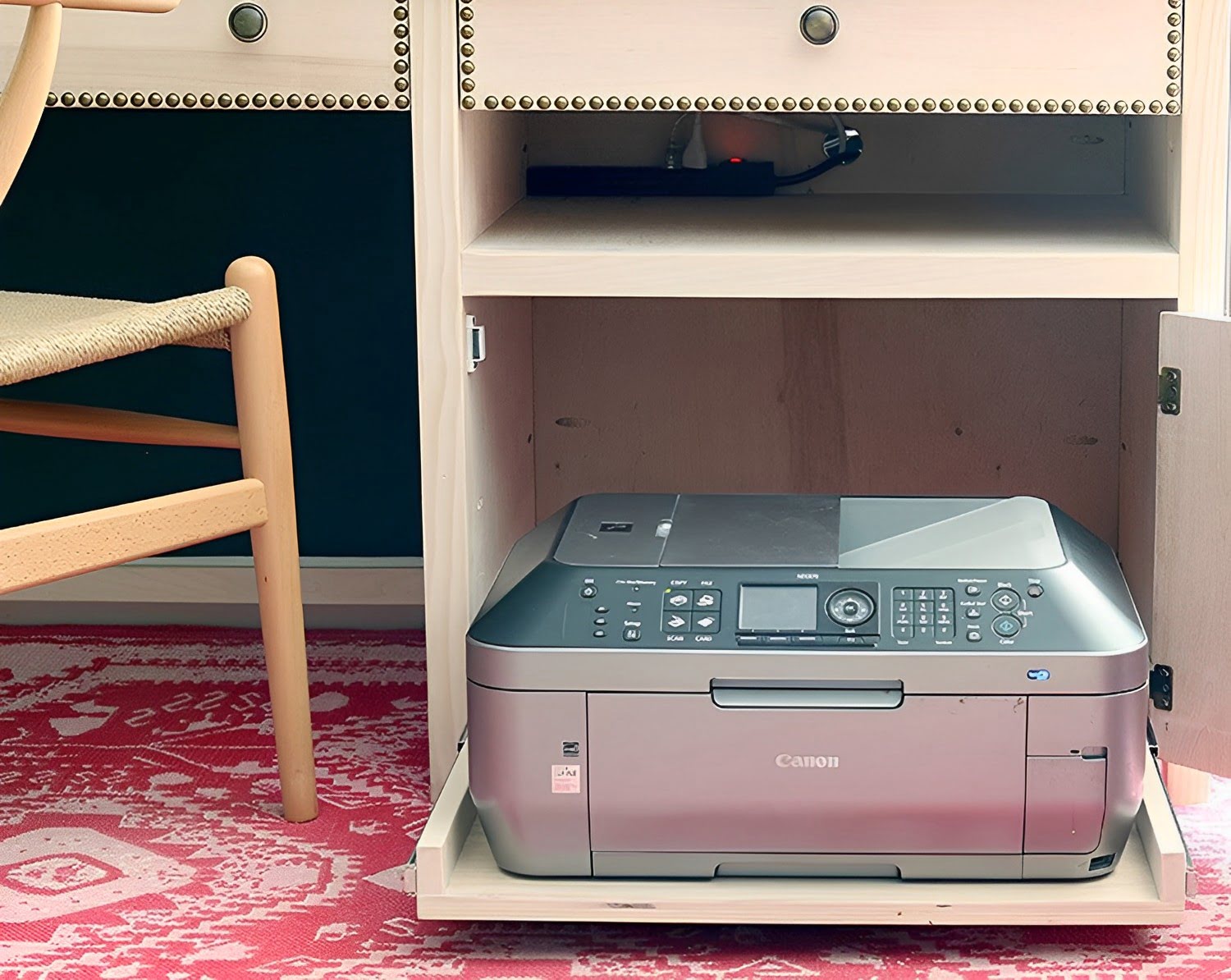
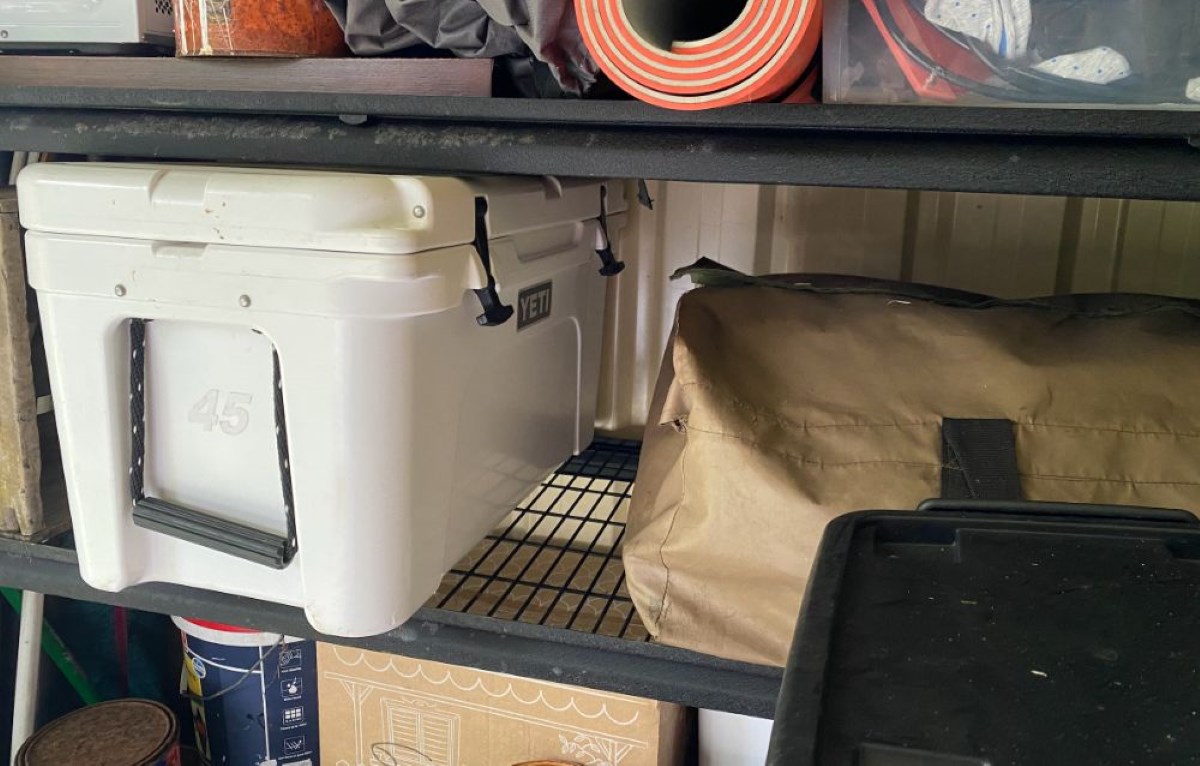





0 thoughts on “How To Store A Generator When Not In Use”